Differential mode Gain
In hybrid-pi model, we just omit the dc offset from all parameters in circuit and think in a different way and solve the circuit very easily, however deep in mind, we shouldn't forget about the biasing currents and voltages.
So if in h-pi model a current equal to \$i\$ is running through emitter to base, it means that in our actual circuit the current through base is \$I_{bias}-i\$, and yes, \$i\$ is so much smaller than \$I_{bias}\$ that the direction of current through base doesn't change.
So if you're asking that how the two transistors are influencing eachother to maintain the emitter voltage constant, the answer is, "the small current which is due to small imbalance in inputs comes out from one emitter and goes into the other emitter, and the overall current trough R3 doesn't change and stays constant even if there is small imbalance
in the inputs, So the emitters' voltage stays constant". Remember that the direction of main current out of emitters, is outwards, because the amount of so called small current is smaller than bias currents.
Note: be careful that single ended gain is half of differential gain. $$\frac{Vo_2-Vo_1}{Vin_2-Vin_1} = 2\frac{Vo_2}{Vin_2-Vin_1} $$
The answer for differential mode ends here.If you are looking for so called "common-mode" gain, where two input voltages are equal, read below, IF NOT SKIP THE REST of the answer.
Common mode Gain
Since our excitation is symmetrical, the two symmetric sides of our circuit will function exactly similar.
As a first step, we can change \$R_e\$ with two parallel resistors with value \$2R_e\$. (Note that the equivalent value of two parallel \$2R_e\$s, is \$R_e\$)
Now here is the important trick. Because of our symmetrical inputs and symmetrical circuit, the voltage of emitter resistors will be identical even if there is no wire between emitters of BJTs. So we can easily omitt the middle connection between two sides as depicted below:

And at the end, we have a simple common-emitter gain stage, with emitter degeneration resistor \$2R_e\$. Gain is simply $$ \frac{V_o}{V_{in}} =- \frac{R_c}{r_m + 2R_e}, r_m = g_m^{-1}=\frac{V_{thermal}}{I_c}$$
where \$I_c\$ is bias current passing through collector.
In the comments you asked:
If voltage doesn't change at the emitter resistor and current resistor junction, then how can they influence each other?
well in common-mode input, emitter voltage changes and if there is any resistors between ground and emitter, we can state that the current of that resistor will also change according to emitter voltage.
